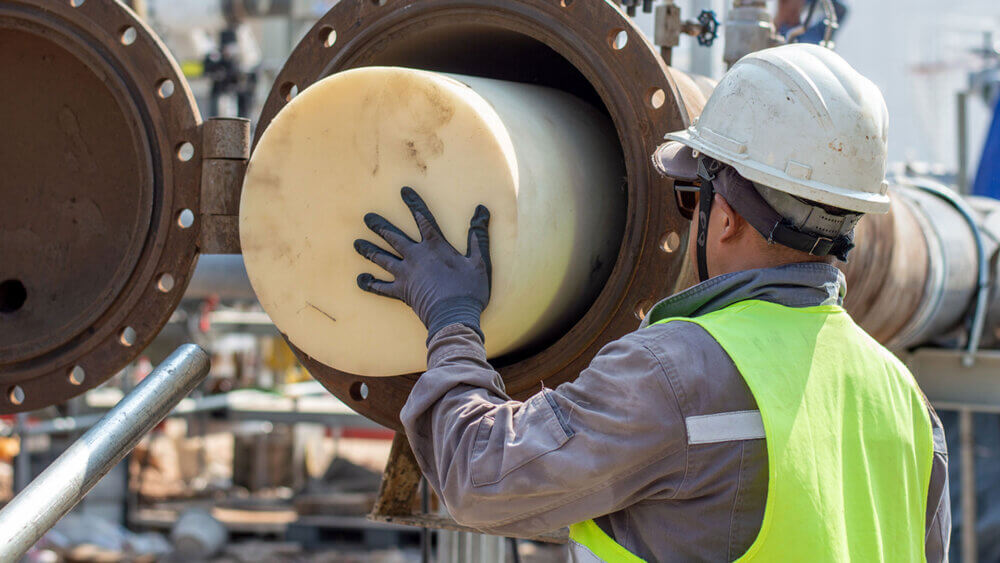Pipeline pigging is a high risk event with people involved on the spot. At the same time, safe operation depends on these people.
Essential process
Pigging procedures are used in pipeline maintenance to remove debris, scale, and other deposits that can accumulate inside the pipeline. Pipeline pigging is an essential process for maintaining pipeline integrity and performance, but it also presents several challenges that must be addressed to ensure its effectiveness and safety and it must comply with various regulations and standards.
Accidents and their impact
There are many examples of accidents related to this process.
- In 2010, a pipeline ruptured during a pigging operation in the Gulf of Mexico, resulting in a massive oil spill.
- In 2013, an oil pipeline in Canada ruptured during a pigging operation, resulting in a spill of about 575 barrels of oil.
- In 2016, a pipeline in Texas ruptured during a pigging operation, resulting in a spill of about 15,000 barrels of crude oil.
Root cause
To prevent accidents related to pigging procedures, it is important to identify and address the root causes of these incidents. In 2014, an explosion occurred during a pigging operation at a refinery in California, injuring four workers. The root cause of the accident was determined to be human error, as workers failed to properly follow safety procedures and did not adequately prepare the pipeline for pigging.
There are important steps that can be taken to ensure process safety when performing pigging procedures on pipelines. A well-defined pigging procedure should be developed, taking into account the pipeline design and operating conditions. Appropriate isolation measures should be implemented.
Eliminate risks
Even the best procedures cannot fully prevent mistakes to happen, and for this reason they do not sufficiently guarantee the safety of people and processes. This would be especially true for pigging operations, where the effects of mistakes can be disastrous. Also routine tasks which involve working with dangerous pressure levels can have serious consequences when not carried out correctly.
The ultimate safety measure
Modern valve interlocking solutions are the ultimate additional safety measure. They have proven to provide excellent safety levels for pigging operations. And they seamlessly integrate within operations, enabling operating companies to eliminate human error on pigging operations.


